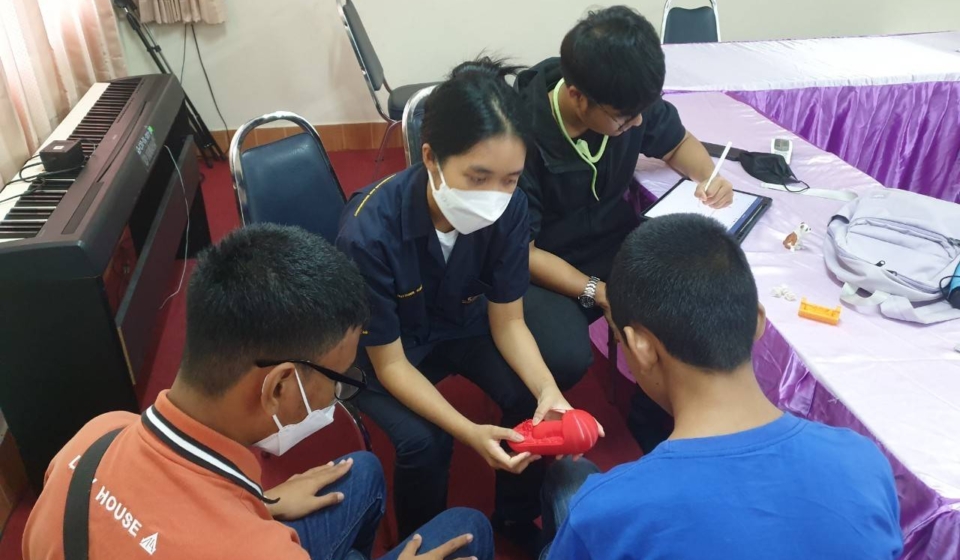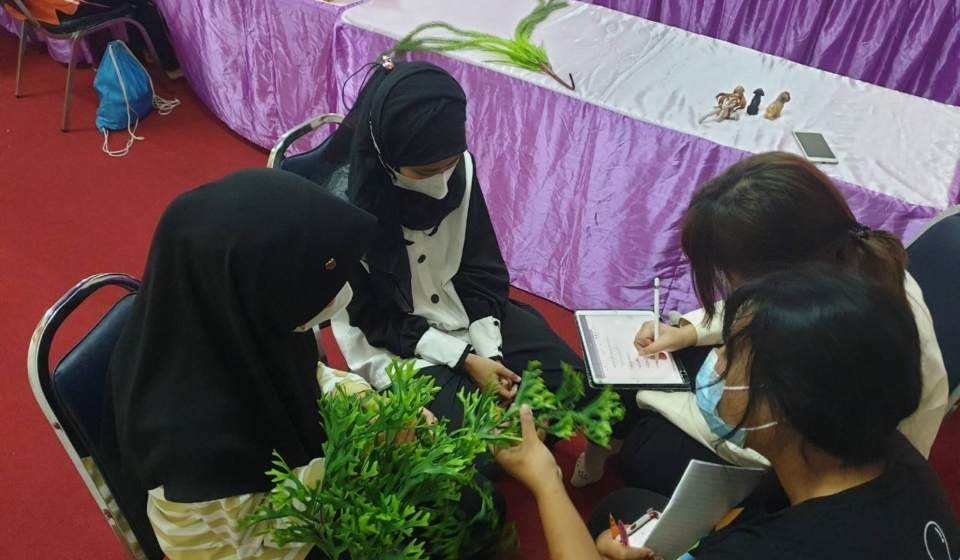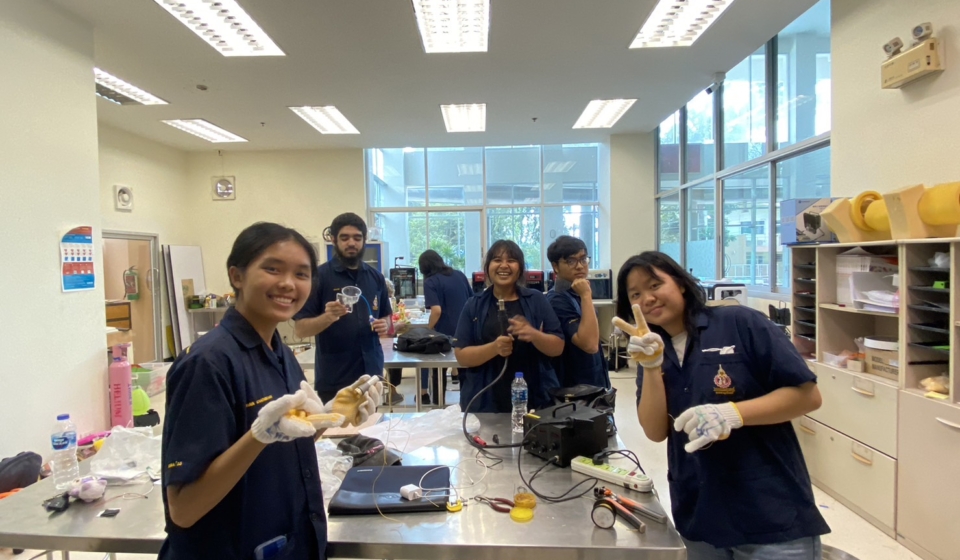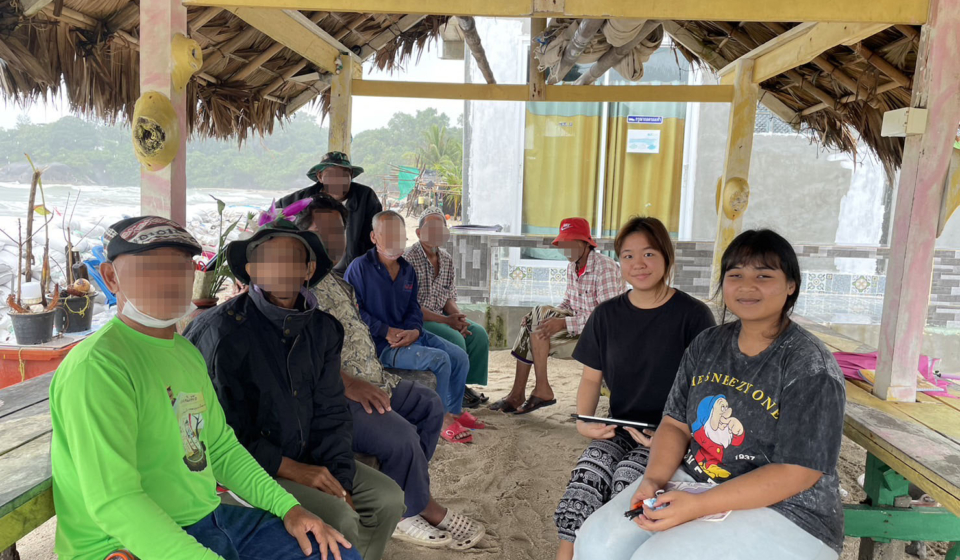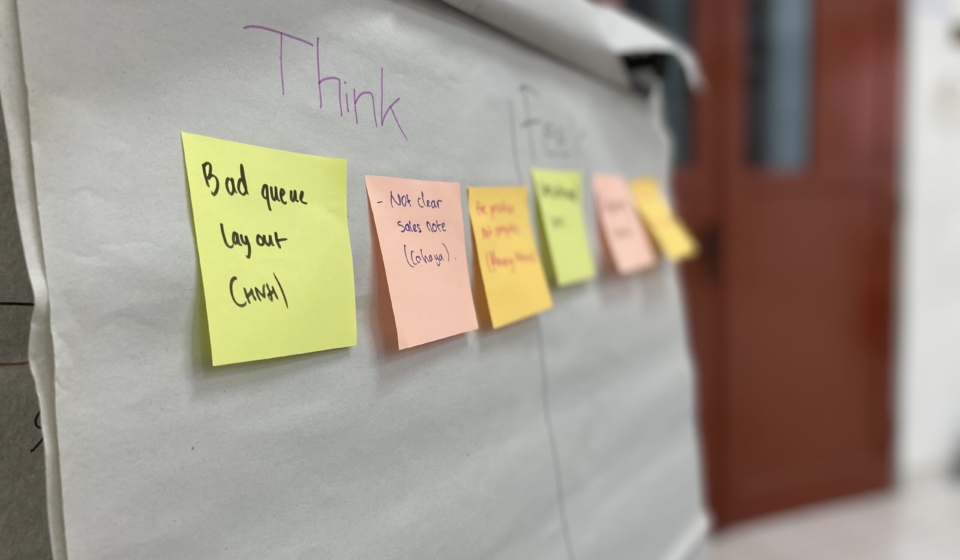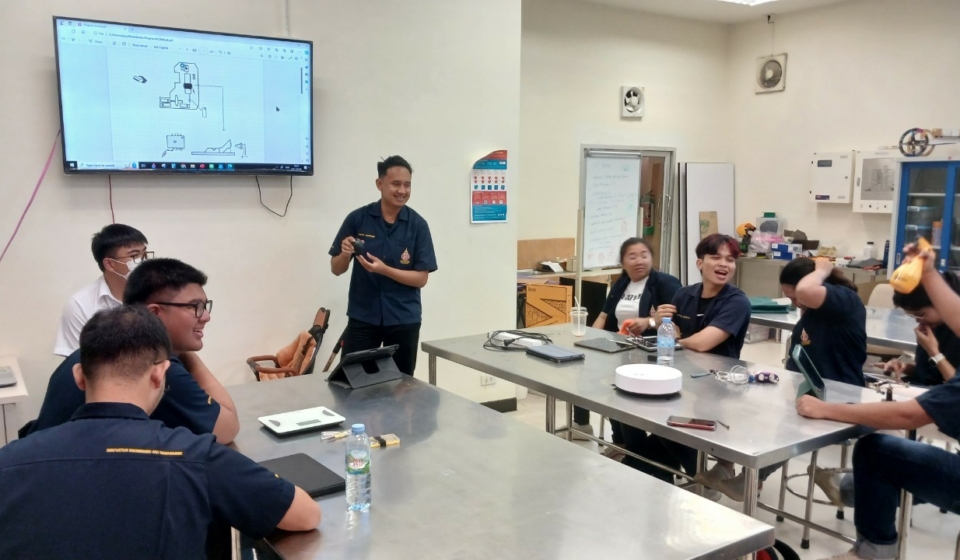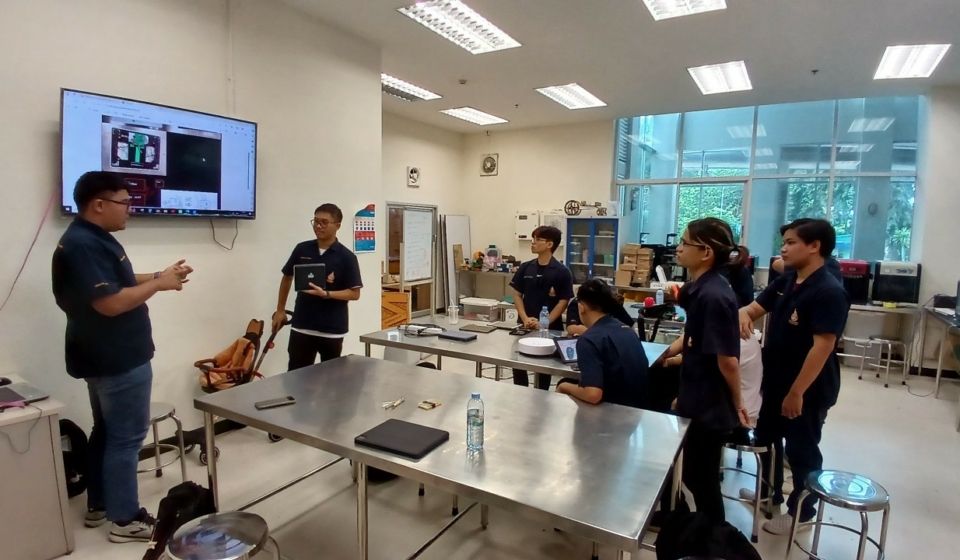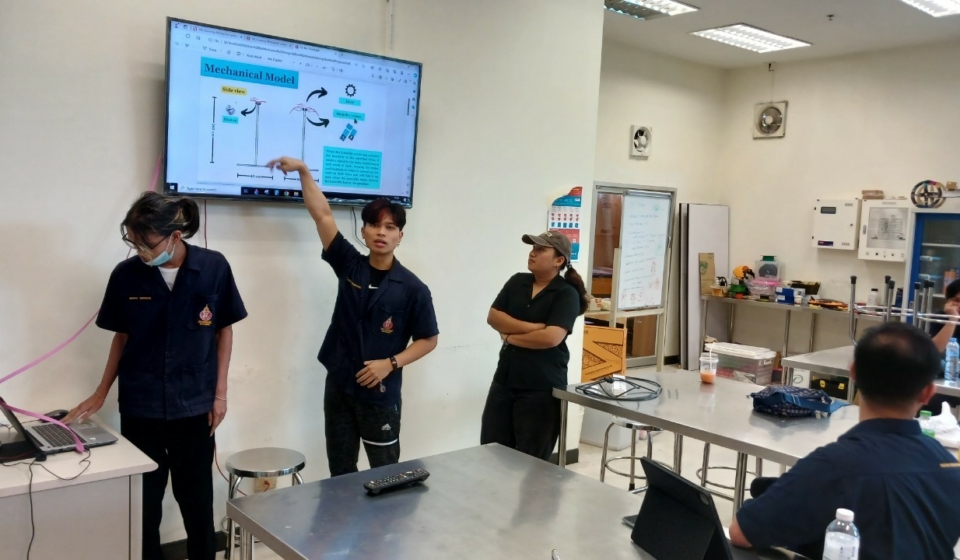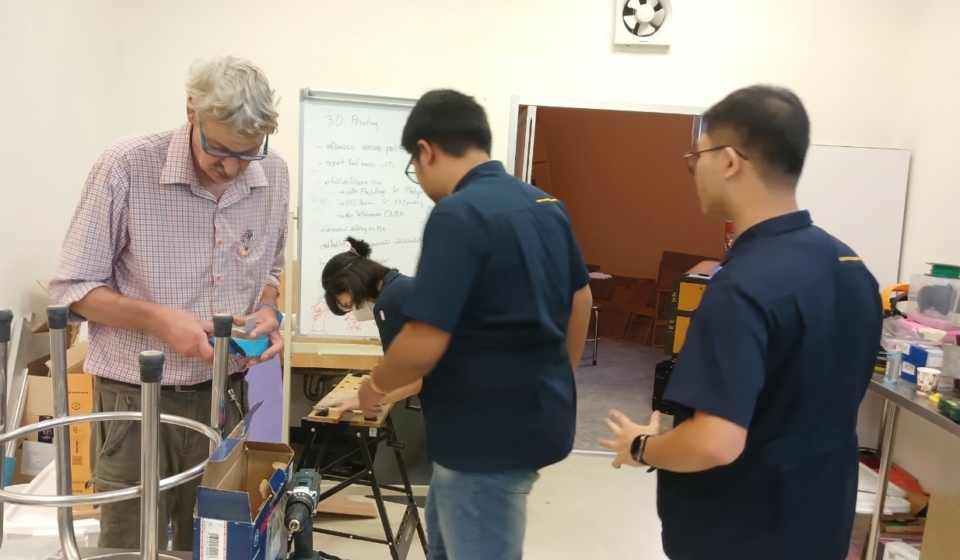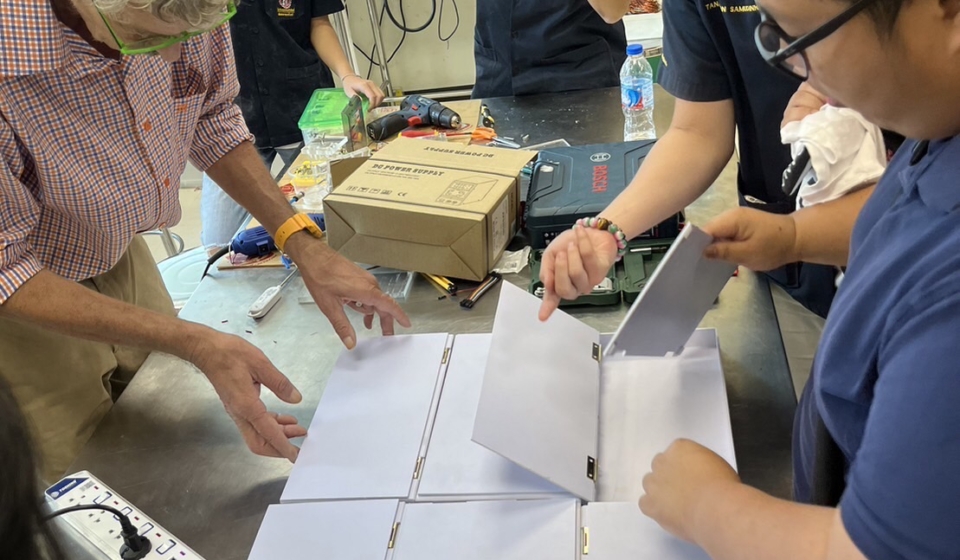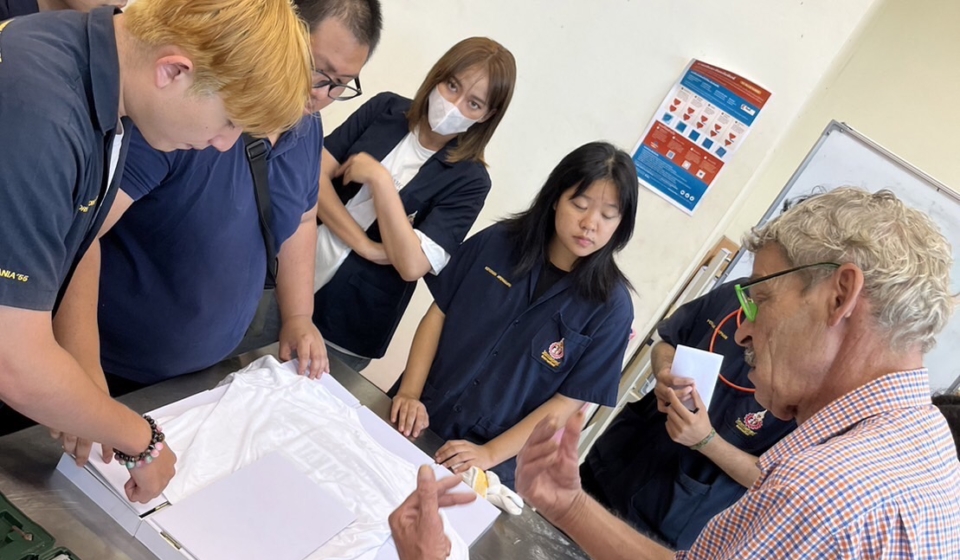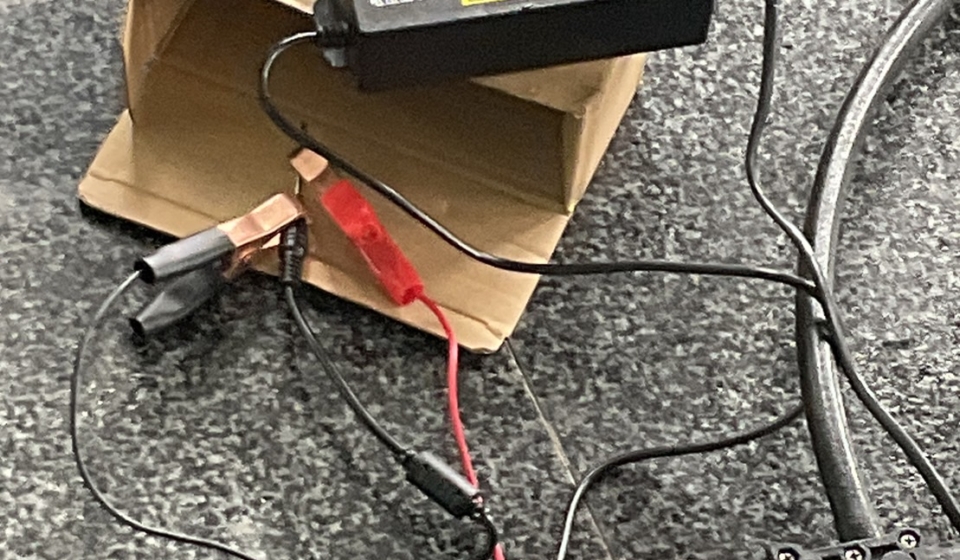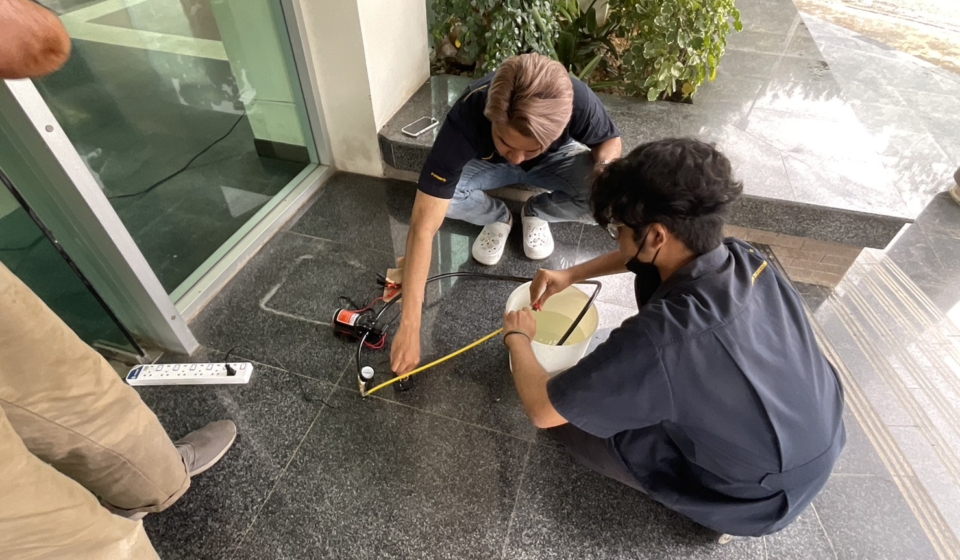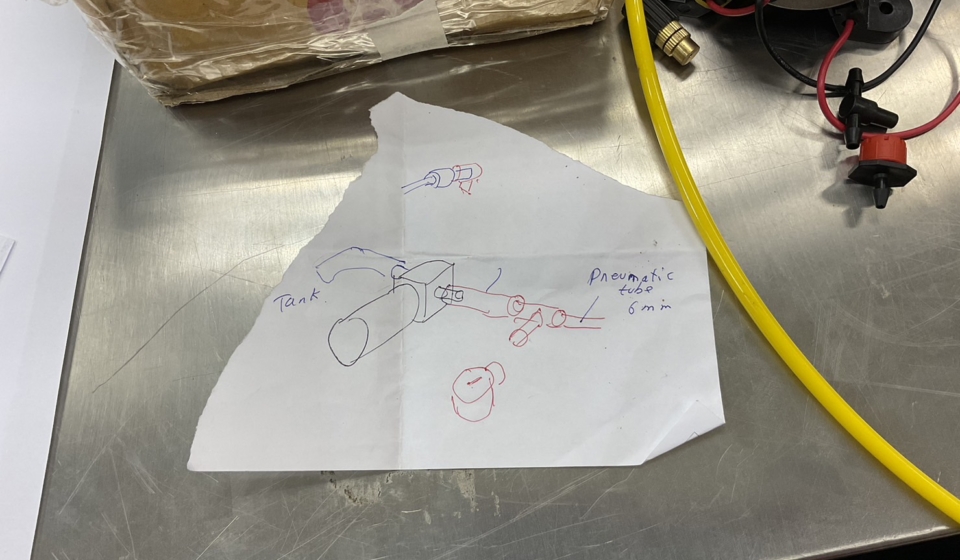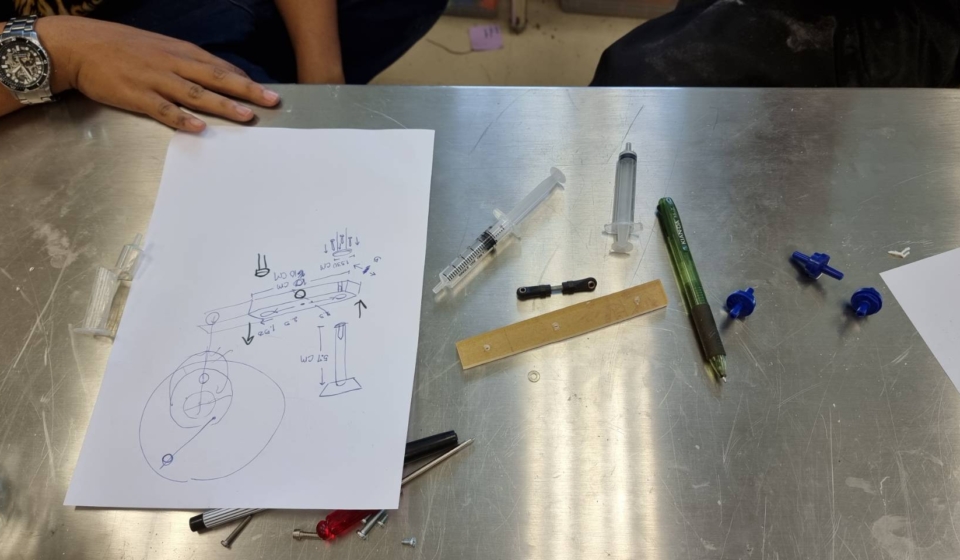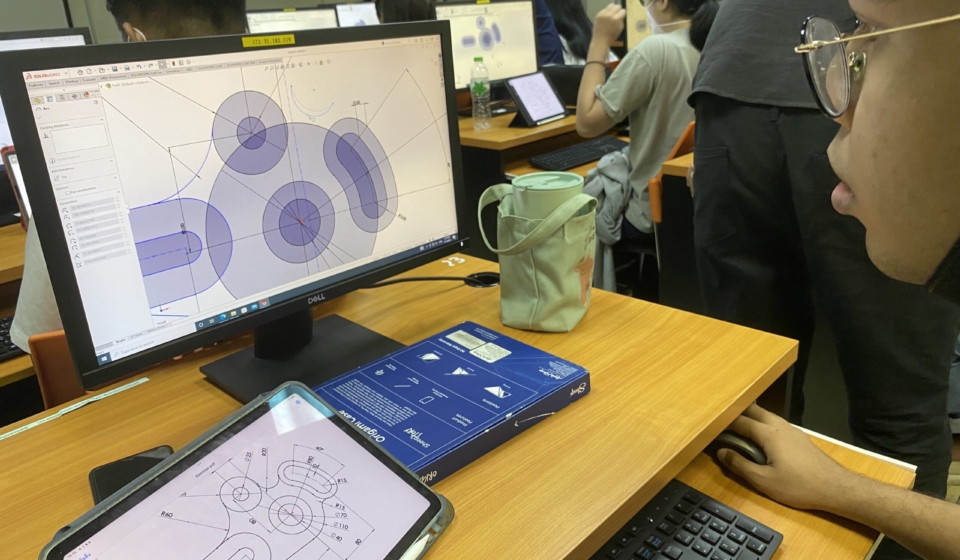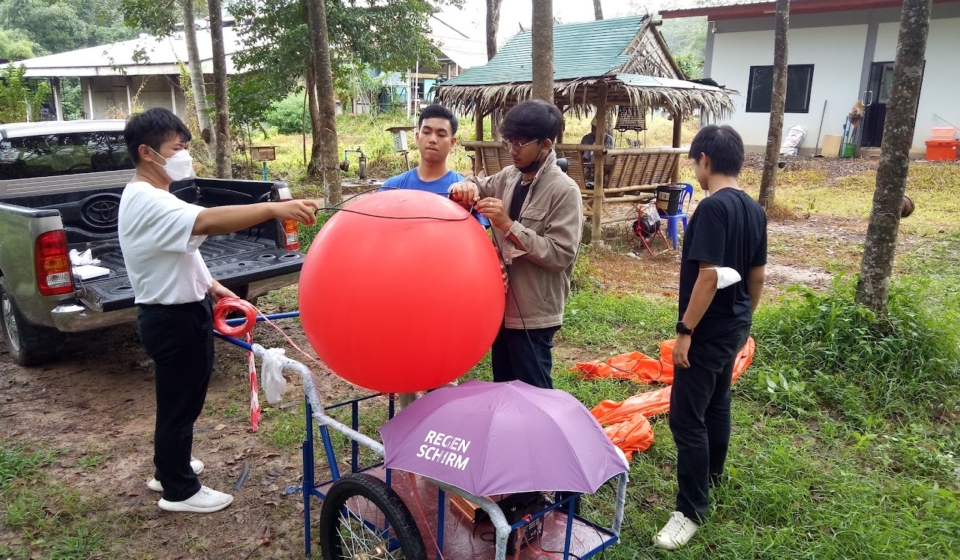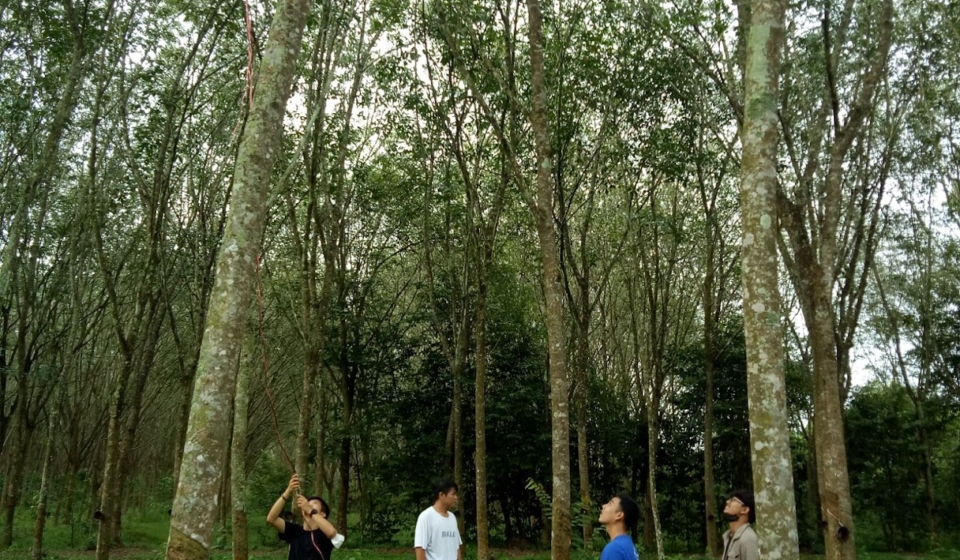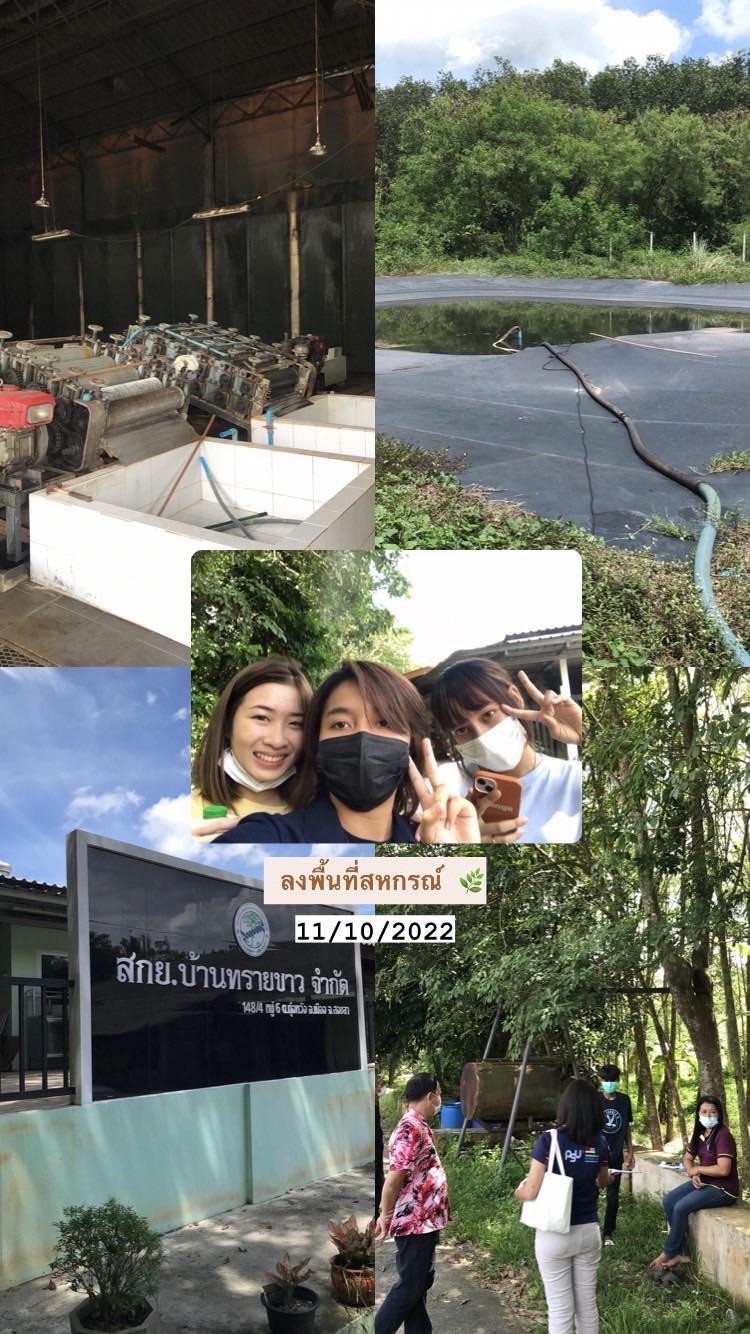Our Pride - All about Empathy

PSU Dolphins Co., Ltd. is a social enterprise (SE) affiliated with innoEM, focusing on empowering visually impaired individuals with freedom, equality, and dignity in their lives, providing them with equal opportunities for employment as sighted individuals. The company actively promotes research and development of innovative technologies for the disabled, such as the Dolphins Glass pulse sound-emitting glasses and the Dolphins Hearing Aids, which allow users to determine sound direction. Additionally, the company organizes social events that invite the public to experience the lives of visually impaired individuals through creative activities that foster a deeper understanding of their challenges. These initiatives aim to raise awareness and promote the importance of upholding the rights and freedoms of those in need.
Certified by the National Innovation Agency (NIA), innoEM is a STEAM4INNOVATOR recognized training facility. This short course serves as a good introduction for the apprentices to try their hand at creating an innovation. Since their first year, all innoEM students have received training in STEAM4INNOVATOR, and they continue to do so throughout the course of their studies in every project.
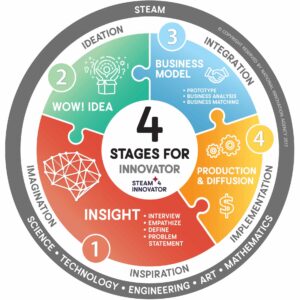
“Insight” is the first phase of this circle. The approaches for obtaining customer insights will be taught to the participants. Many people underestimate the potential of true insights, even though they can be excellent sources of innovation. It’s not that easy to delve deeply into what is concealed behind the obvious answers, though. Imagine that if you ask a series of questions to strangers or even friends, it’s highly probable that you won’t learn the true nature of their issues during the initial interview. They most likely keep them hidden from us since they have grown accustomed to that circumstances and may not be aware that there are other options. More significantly, at this stage, participants will practice active listening, a method for learning to listen to, comprehend, and empathize with your clients. The formulation of “a challenge statement,” which will capture their actual issues, will end this phase.
You will unleash your creativity to confront the challenge statement during the second phase, “WOW! Idea.” It’s when you allow your imagination run wild and work with your peers to come up with potential solutions. A variety of games are used to stimulate your brain. You’ll get practice using unconventional thinking. Even though you will feel “friction” in the beginning, ideas will eventually start to flow. The “Best” concept selection process will then be introduced.
The third phase, “Business Model,” is when you take on the role of a would-be business owner who would launch a venture using the concept you selected in the previous phase. You will be taught how to use a tool known as “a business model canvas,” which provides a framework for you to test your concept by answering questions like: who are your target consumers, what values will you provide them with, who are your partners, etc. The team members frequently engage in active discussion among themselves about ways to improve the appearance of their business model. Understanding marketing tactics is a lot of fun. They will also learn about prototyping in this phase, and they will use the prototype to swiftly test their idea.
The final phase, “Production and Diffusion,” teaches you how your solutions will be implemented and distributed across society. Due to space and time constraints, participants in the short course will often practice pitching skills as a strategy to commercialize their products. They will learn how to exhibit their items professionally and how to attract buyers’ attention utilizing sales methods. If there is time, they will be requested to get customer feedback (insights) so they may learn more about how to improve their prototypes.
Our students are motivated to develop innovations rooted from customer empathy. To make sure that the innovation projects are started from the demands of the customers, we regularly conduct customer surveys and go on field excursions. As known as the project-based learning program, innoEM encourages students to learn by actively engaging in real-world and meaningful projects. Every semester, students are given projects to complete, ranging in difficulty from simple to complex.
Be the First Penguin- Be innoEM

After learning about customer empathy, they must be bold enough to jump off their harbor to pursue the idea. However, challenges do not stop there. To innovate something successfully, persistence through the well-laid-out innovation development process will lead the way to their goal. Why the first penguin? As mentioned, this term is given to the penguin, the first out of its huddle to go after an inner call. At innoEM, we always provide the students with the freedom to propose what they deem commercially viable. Fully supported by the mechanism we designed prioritizedly for aspiring innovators, they can shape their passion with specialists by their side. Students will learn from critical comments and suggestions; in turn, they are also encouraged to speak up about their expectations toward the courses.
In real life, the first penguin will endure life-threatening experiences in icy water in the expectation of sustaining life. Its bravery deserves salutation. Here, the bitterness from failure after failure will strengthen our students for their future careers. The one who dares to leave his comfort zone and challenge himself by initiating something new (1) out of nothing (0) is an innoEM’s first penguin.
From Idea to Innovation
One of Be innoEM skills is communication. The Songkhla Lake Basin fishermen, a school for the blind, and a special care unit at a hospital were among the prospective clients with whom the students practiced communication.
From Invention to Innovation
Using the terms “invention” and “innovation” interchangeably, many people are unaware of the underlying significance of “innovation,” which is that consumers or users play a key role in transforming inventions into innovations. InnoEM places a high priority on the first step of “Design Thinking,” which is Empathize.
From Research to Market
Our students never huddle themselves in a classroom. They are constantly on the lookout for new sources of innovation. At Prince of Songkla University, there are aspiring scholars and researchers around every turn. Their research awaits someone to get it dressed up and placed on shelves.

